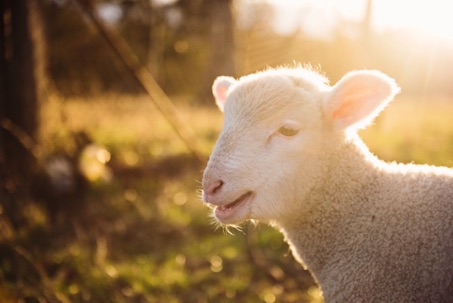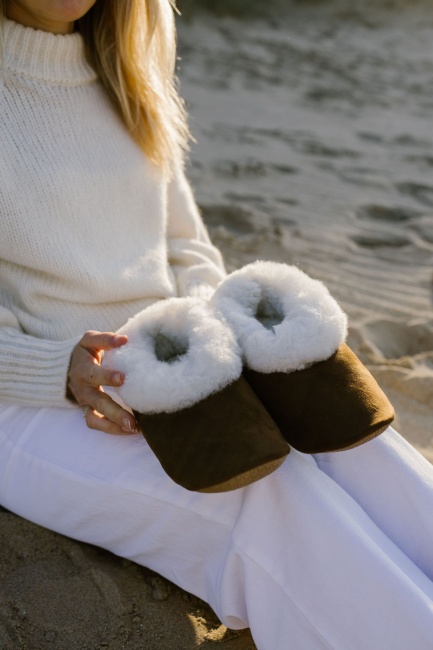What are the living conditions like for animals in the fashion industry ?
SHEEP'S WOOL
Unfortunately, not all animals are fortunate enough to be treated well when it comes to shearing. Indeed, most of the wool for clothing is produced industrially.
We have often seen videos of sheep being chain-sheared and mistreated. The employees are paid by volume, so they hurry up and handle the animals violently. They shear them so brutally that it hurts them. In addition, they are sometimes left untreated.

THE KASHMIRA
Many other animals suffer from wool production, often in countries where animal welfare is absent. Among these is the cashmere goat.
Shearing is the most widely used practice because it is the most profitable. But deprived of their hair, the goats are weakened, more sensitive to the cold and contract diseases.
In addition, the breeding of angora goats, located mainly in Mongolia and China, is causing many ecological problems.
ANGORA
Angora refers to a particular hair category in several species such as goat, rabbit, sheep, etc.. In the textile industry, angora comes almost exclusively from rabbits.
They are locked up in cages, injure themselves and develop stereotypical behaviours. 90% of angora comes from China where rabbits' hair is pulled out raw every 3 months. Most of these animals do not survive for more than one or two years due to the injuries sustained.
ALTERNATIVE
At BellePaga, we offer clothing made of Alpaca wool. This animal is a cousin of the Llama and lives on the high plateaus of the Andes in South America.
One of our greatest concerns is respect for the animal. Indeed, the animals evolve in complete freedom in their natural habitat, there are no enclosures or fences. Moreover, the fibre used to produce the clothes comes from their spring mowing.
By buying from us, you will no longer have to ask yourself if the clothes are the result of animal suffering: the answer is NO. The Alpaca is treated as a dignified living being and lives freely.




